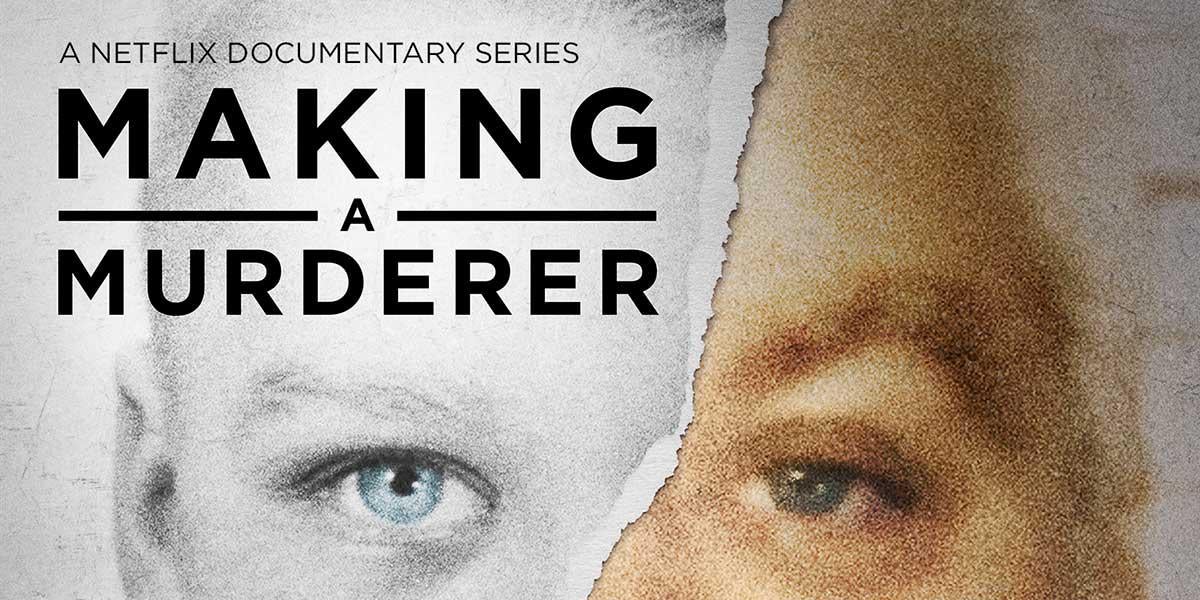Making a Murderer, the true-crime series Netflix released Dec. 18, pushes viewers to ask many questions. Did Steven Avery, exonerated after 18 years in prison for a crime he didn’t commit, murder a young woman just before he was about to receive a massive settlement from local law-enforcement authorities—or did those authorities frame him for the second crime? Are interrogations like the one Avery’s 16-year-old nephew Brendan Dassey was subjected to—in which investigators planted ideas and cajoled the developmentally disabled teenager into confessing to things it seems impossible for him to have done—typical? Are small-town court-appointed defense attorneys like the one assigned to Dassey always that clueless about their jobs, or do career ambitions consciously or unconsciously drive them to do the prosecution’s work?
But the question I asked most frequently was: Why am I watching this? I’m not a fan of true-crime shows. I have no connection to the crimes Avery is accused of. I know nothing about that part of Wisconsin, though I now find myself imitating the singsong accent. Making a Murderer is like a can of Pringles—no matter how much you know about the ingredients, how revolting you find junk food, or how mad at yourself you’re certain you’ll be after you stop resisting, once you eat one chip, um, watch one episode, chances are you’ll finish the lot. The show is the very definition of moreish—irresistible and obsession-provoking.
No matter how many magazine articles you’ve read about the problems of incompetent representation, prosecutorial overreach, and police corruption, it’s impossible not to be shocked by the way Avery and his family have been treated by representatives of Manitowoc County over the last 25 years. Over the course of 10 hours, Making a Murderer lays bare the shortcomings of the criminal justice system—it’s outrageous and outraging how unequal the documentary shows the contest between the state, with all its resources, and the individual charged with a crime to be.
But how on earth did the show’s creators get me—a woman and a cat lover—to side with an accused murderer/rapist whose rap sheet involves mistreatment of a cat (albeit when he was very young)? Mostly by getting out of the way. There’s little doubt that the show’s sympathies are with Steve Avery; filmmakers Laura Ricciardi and Moira Demos spend time with Avery’s family and have access to his brilliant attorneys Dean Strang and Jerry Buting (whose services Avery was able to afford because of the settlement he received for his years of wrongful imprisonment), while the prosecution attorneys refused to cooperate with them. But overall, they eschewed an authorial voice.
Unlike the true-crime shows that clog weekend TV cable schedules, there’s no velvet-voiced narrator explaining what’s going on in condescendingly basic terms—once before the commercial break, then once again when we return to the show. Unlike HBO’s The Jinx, there’s no interestingly facial-haired godlike figure strategizing about how best to confront his subject with the evidence he’s gathered. And unlike Serial, there’s no Sarah Koenig-like narrator constantly disclosing how she’s feeling about the case. Viewers have to read screen text—and often, in my case at least, re-read it to figure out the sometimes-complicated legal developments that the brief sentences explain.
Forcing the audience to read essential information was a risky decision by Ricciardi and Demos in an age where it’s harder than ever for shows to capture eyeballs. But it ultimately both elevates Making a Murderer from the “let me overexplain this to you” hand-holding of basic cable true-crime shows, and forces viewers to engage more deeply with the case. This approach to storytelling also flatters the viewer—it says, “We respect you enough to figure out your own response to the facts we’ve presented.” It separates the documentary-makers from the local reporters we see in clips of local news shows happily repeating the police and prosecutors’ theory of the crime as if it were gospel truth. But most importantly, the lack of voiceover makes the show’s indictment of the legal and law enforcement system around Avery even more effective; it lets Ricciardi and Demos communicate their message more subtly—without the willful instructiveness of Jarecki or Koenig’s narration—while still allowing viewers to feel as though we are weighing the evidence and deciding guilty or not guilty for ourselves.
